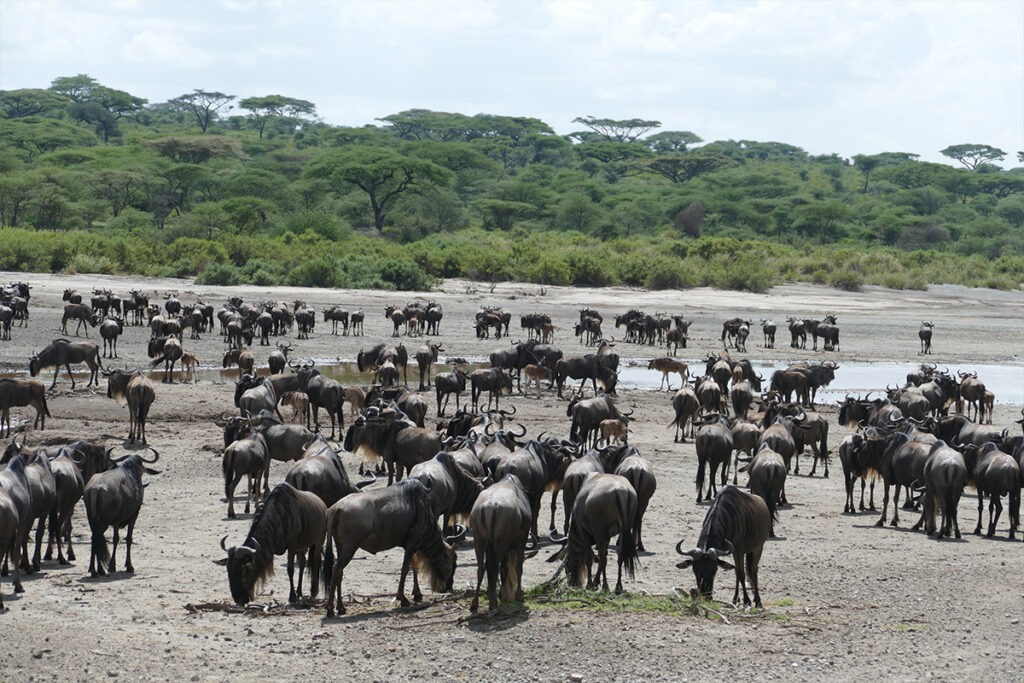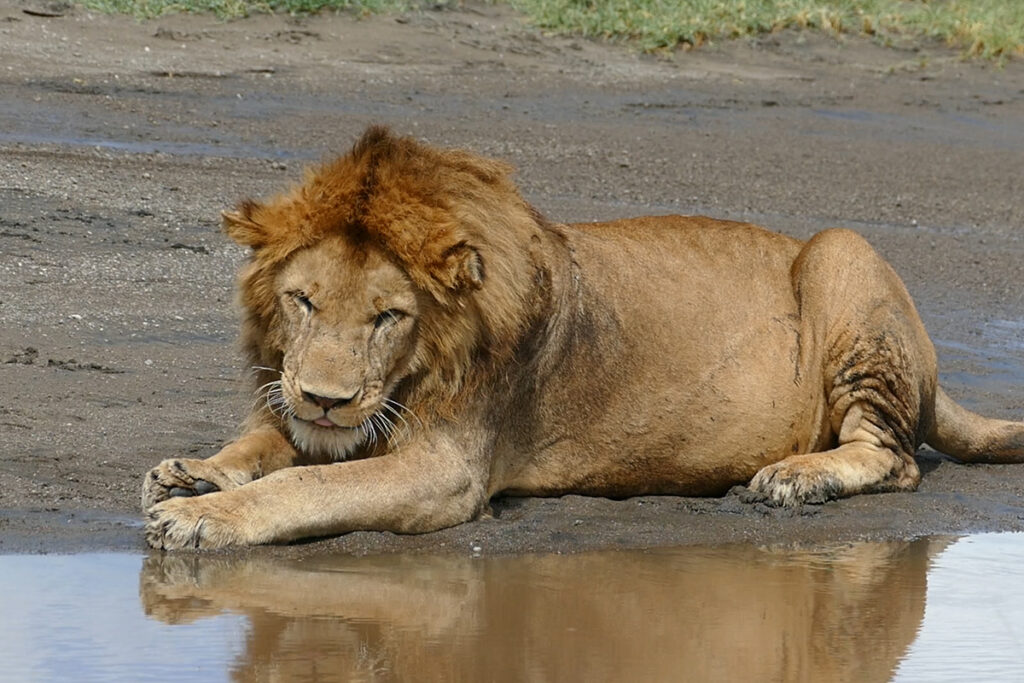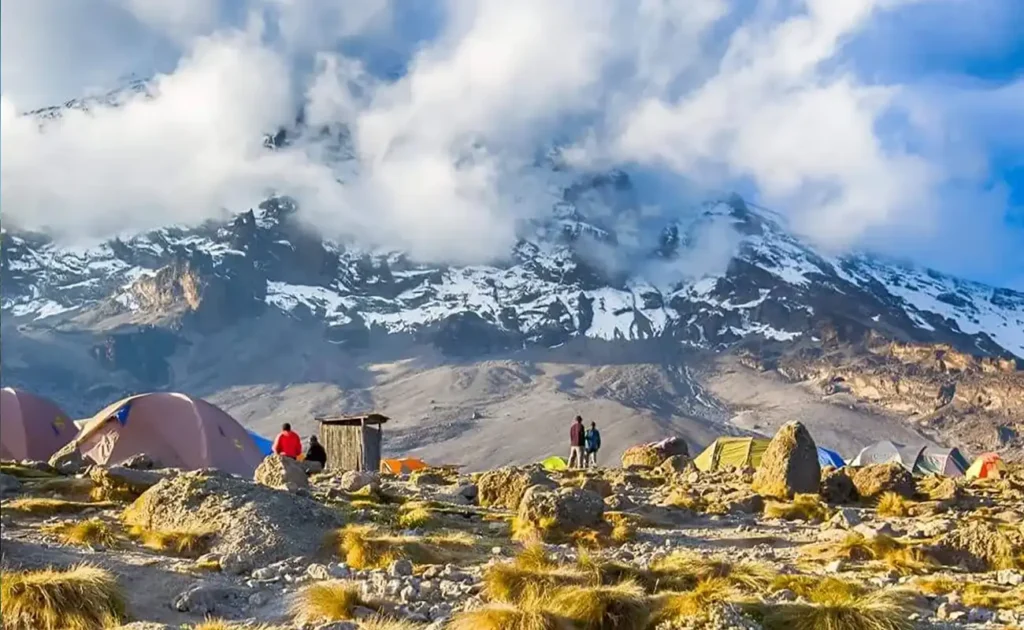One might wonder why over 50,000 people try to conquer the towering Mount Kilimanjaro each year, braving its unpredictable weather. Often, the allure lies in the journey itself, but picking the right time to climb can offer a more rewarding experience. Understanding these seasonal variations is crucial for climbers aiming to increase their summit success rate.
The best months to attempt the summit are from January to March and from June to October. These periods align with the drier seasons in Tanzania, enhancing footing stability and visibility. Moreover, historical climbing records show that success rates rise by approximately 30% during these times due to favorable weather conditions. This is not only a logistical but strategic choice for aspiring climbers.

When is the best time to climb Kilimanjaro?
The best time to climb Kilimanjaro largely depends on the weather. The mountain experiences two main climbing seasons. The best periods are January to March and June to October. During these months, the weather is dry and more predictable. This makes the climb safer and more enjoyable.
Each climbing season has its advantages. January to March offers cooler temperatures and fewer crowds. This period is perfect for those who prefer a quieter trek. In contrast, June to October is the most popular season. Climbers will find stunningly clear skies and scenic views.
Weather isn’t the only consideration when planning your climb. Also, think about your own schedule and physical readiness. It’s essential to be in good health and well-prepared. Take time to train and gather the right gear. Proper planning can make your climb more successful and enjoyable.
It’s also helpful to consider the different routes. Kilimanjaro has several routes, each with its own characteristics. Some might be more suitable depending on the time of year. Popular routes like Machame and Marangu are well-maintained but can get crowded. Therefore, choosing the right time and route can enhance your experience significantly.
Dry seasons: The optimal time for climbing
Climbing Kilimanjaro during the dry seasons is often recommended for a successful hike. These seasons, spanning from January to March and June to October, provide stable weather. Rain is minimal, offering dry trails and breathtaking views. This is important because slippery paths can pose safety risks. Thus, many climbers choose these months due to the favorable conditions.
The clear skies during the dry months allow for stunning panoramic views. Temperatures are moderate, reducing the risk of intense cold at higher altitudes. While the climbs can still be challenging, the pleasant weather makes them more manageable. Additionally, fewer rain clouds mean more opportunities to capture memorable photos. This is especially appealing for photography enthusiasts.
Avoiding the wet seasons is crucial if you seek an enjoyable climb. Rainy months like April, May, and November lead to muddy trails and poor visibility. Climbing under these conditions can increase exhaustion and the chance of injury. Thus, the dry seasons not only provide a better experience but also enhance safety. Properly planning your climb during these times ensures a smoother ascent.
The popularity of these optimal seasons means trails can be busy.
- Select less popular routes to avoid crowds.
- Book well in advance to secure permits and guides.
Despite the crowds, the advantages of climbing during dry seasons outweigh the downsides. Embracing these months maximizes enjoyment and success on your Kilimanjaro adventure.
Factors influencing success rate in climbing Mount Kilimanjaro
The success of a climb on Mount Kilimanjaro is influenced by many factors. Acclimatization is a major consideration for climbers aiming to reach the summit. It’s crucial to allow your body to adjust to higher altitudes slowly. Many climbers fail due to altitude sickness. Choosing a route that includes acclimatization days can improve your chances of reaching the top.
Physical fitness is another crucial aspect. Being in good shape prepares your body for the challenges of the climb. Regular exercise, such as hiking and cardio, can help build endurance. It is also wise to focus on strengthening your legs. These exercises ensure you’re well-prepared for the demands of the trek.
Another important factor is choosing the right gear. Proper clothing and boots keep you comfortable in varying weather. Other essentials include a sleeping bag suitable for cold temperatures and quality hiking poles. Bringing a reliable first aid kit is also critical. These preparations help manage possible discomforts or emergencies.
The experience and guidance of your climbing team also matter significantly.
- Hire knowledgeable guides familiar with the mountain.
- Ensure a small guide-to-climber ratio for personalized support.
Good guides can offer strategies for dealing with altitude and motivate you. This support is essential for a successful and safe ascent.
Importance of weather knowledge in preparing for the climb
Understanding Kilimanjaro’s weather is crucial for planning a successful climb. Weather conditions on the mountain can change rapidly, affecting both safety and experience. Knowing the forecast helps climbers prepare for potential weather shifts. This includes unexpected rain or even snow at higher elevations. Therefore, having a detailed weather plan is essential.
Different times of the year offer various weather patterns. For instance, the rainy seasons from March to May and November to December can make trails slippery. Such conditions challenge even experienced climbers. On the other hand, dry seasons are known for clear skies and comfortable temperatures. Planning your climb during the dry months greatly enhances your overall experience.
Being prepared for the weather also means packing the right gear. Climbers need clothing that accommodates different temperatures and weather conditions. Layered clothing is recommended, as it adapts well to changing temperatures. A sturdy, waterproof jacket is crucial to keep dry in sudden downpours. Proper packing ensures both comfort and safety on the trail.
A keen awareness of the weather can also aid in preventing altitude sickness. Cold temperatures at night can exacerbate the symptoms of altitude sickness. It’s vital to monitor both weather and health on your journey. Being ready for these challenges reduces the risk of having to cut your climb short. Effective preparation makes for a safer climb.
Beyond physical comfort, weather awareness can guide route selection.
- Some routes are more sheltered from rain and wind.
- Others may offer better sunlight exposure.
Choosing the right path based on weather insights can make a significant difference. Evaluating these factors ensures a smoother and more enjoyable climb.
Frequently Asked Questions
Climbing Mount Kilimanjaro is a dream for many adventurers. Below are answers to common questions that arise when planning for this remarkable journey.
1. What are the common routes to climb Mount Kilimanjaro?
There are several popular routes that climbers use to ascend Mount Kilimanjaro. The Marangu route is known as the “Coca-Cola route” and is the only one that offers hut accommodations. On the other hand, the Machame route, also called the “Whiskey route,” is favored for its breathtaking scenery and challenging paths.
For experienced hikers, the Lemosho route offers a long and picturesque journey, providing excellent acclimatization. Another option is the Rongai route, which approaches from the north and tends to be less crowded. Each route offers a unique experience with different levels of difficulty and scenery.
2. How can climbers prepare physically for Kilimanjaro?
Preparing physically for climbing Kilimanjaro is crucial to handle the trek’s challenges. Regular cardio exercises like jogging or cycling strengthen your heart and lungs, enhancing stamina. Hiking with a backpack simulates the climb, improving endurance and leg strength crucial for uphill walks.
Incorporating strength training targets key muscle groups, ensuring you’re able to handle the demanding terrain. Focus on exercises such as squats, lunges, and step-ups. These will fortify your core and lower body, preparing you to tackle the mountain with confidence.
3. What is altitude sickness, and how can it be managed?
Altitude sickness occurs when you ascend too quickly to high elevations without proper acclimatization. Symptoms may include headaches, dizziness, nausea, and fatigue. To manage it, climbers should ascend slowly, allowing their bodies to adjust.
Staying hydrated, avoiding alcohol, and taking it slow are essential preventive steps. If symptoms worsen, descending to a lower altitude is crucial. In some instances, medication such as acetazolamide may be recommended by doctors to help reduce symptoms.
4. What equipment is essential for climbing Kilimanjaro?
Proper equipment is essential for a successful Kilimanjaro climb. Climbers need sturdy, broken-in boots, moisture-wicking clothing, and a warm, insulating jacket for cold temperatures. A good quality sleeping bag rated for sub-zero temperatures is also important.
Additional gear includes hiking poles, a headlamp, and sunglasses to protect against the sun’s glare. Remember to bring a large water bottle or hydration system to stay properly hydrated throughout the trek. Ensuring you have the right gear will greatly enhance your climbing experience.
5. Can anyone climb Mount Kilimanjaro, or are there age restrictions?
Mount Kilimanjaro is open to climbers of various ages, though there are recommendations to ensure safety. The minimum age is typically 10 years old, but younger climbers may struggle with the altitude and physical demands. There’s no official maximum age; however, older climbers should consult their doctor before attempting the climb.
The key is good physical and mental preparation. Climbers should assess their fitness level and health status. With the right preparation and mindset, Kilimanjaro can be a rewarding challenge for climbers of many ages.
Conclusion
Planning to climb Mount Kilimanjaro requires careful consideration of the best times, preparation, and understanding the factors that affect your success. By choosing optimal seasons and being adequately prepared, climbers can enhance both their safety and enjoyment. The right gear and physical readiness further play critical roles.
Understanding the weather is essential in making informed decisions. A well-planned climb increases your chances of reaching the summit and having a memorable experience. By addressing each of these aspects thoughtfully, your Kilimanjaro adventure can be both successful and rewarding.



